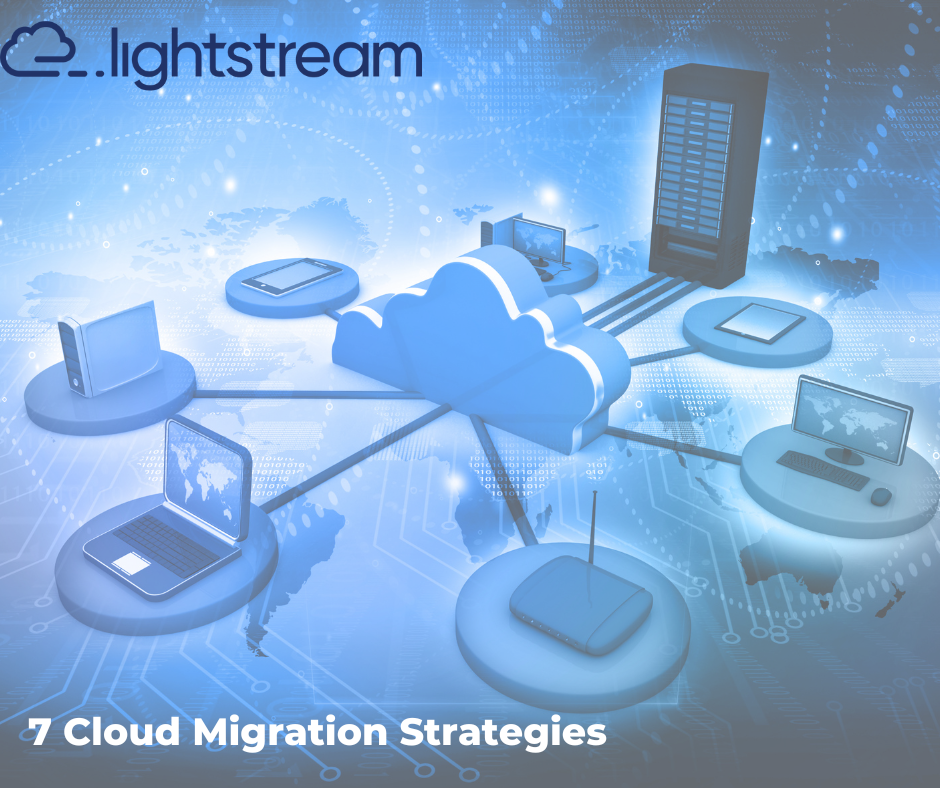Claim your complimentary, no obligation Cloud Readiness Assessment.
The assessment walks you through a series of questions to help assess your readiness specific to:
- Your current business strategy
- Your partner support system
- Your inventory and assets
- Your business goals
- Your migration plan
- Your organizations technical and migration skills
- Your landing zone environment
- The governance you have in place
- How you will manage assets and services in the cloud
Secure your Cloud Readiness Assessment
Here are seven tips for a successful cloud migration:
- Have a solid business case for cloud migration: Cloud migrations make sense when they offer a tangible benefit your organization. Outline your current objectives and decide how cloud will benefit them. List out the pros and cons and how the success of your cloud transition strategy will be measured.
- Categorize your workloads and desired outcomes: As you categorize your workloads and desired strategic outcomes, map the capabilities of your targeted cloud service provider. Does your cloud provider have the breadth of cloud services you need? Do they have the security, disaster recovery, and business continuity capabilities or SLAs you require? Do they have a professional services team to support you in planning, migration, deployment, and post-implementation? What does their partner and independent software vendor (ISV) community look like?
- Establish a cloud operating model: A cloud operating model outlines how the cloud will transform your current workflows, internal processes, and operations. It should be based on your organization’s strategic objectives for migration and define how your organization will function after the migration is accomplished. It should account for everything that will be transformed by successfully adopting the cloud.
- Estimate timeline and budgets: By using AWS Professional Services, you will receive a more accurate timeline and budget estimate before the project kicks in.
- Prioritize what application to move first: It is rare for organizations to move everything to the cloud at once. Conduct a strategic portfolio analysis to determine what applications or workloads to move first.
- Test adequately: Pay attention to the design and testing of your cloud architecture and the migration of data. Have a disaster recovery plan in place prior to initiating a migration.
- Emphasize the importance of security: Cloud security is a shared responsibility between the customer and cloud service provider. Work with your cloud provider to create complete and robust security policies for success post-migration.
As more organizations see the value of the cloud’s agility and elasticity, the Lightstream Cloud Readiness Assessment can offer a strong foundation.
